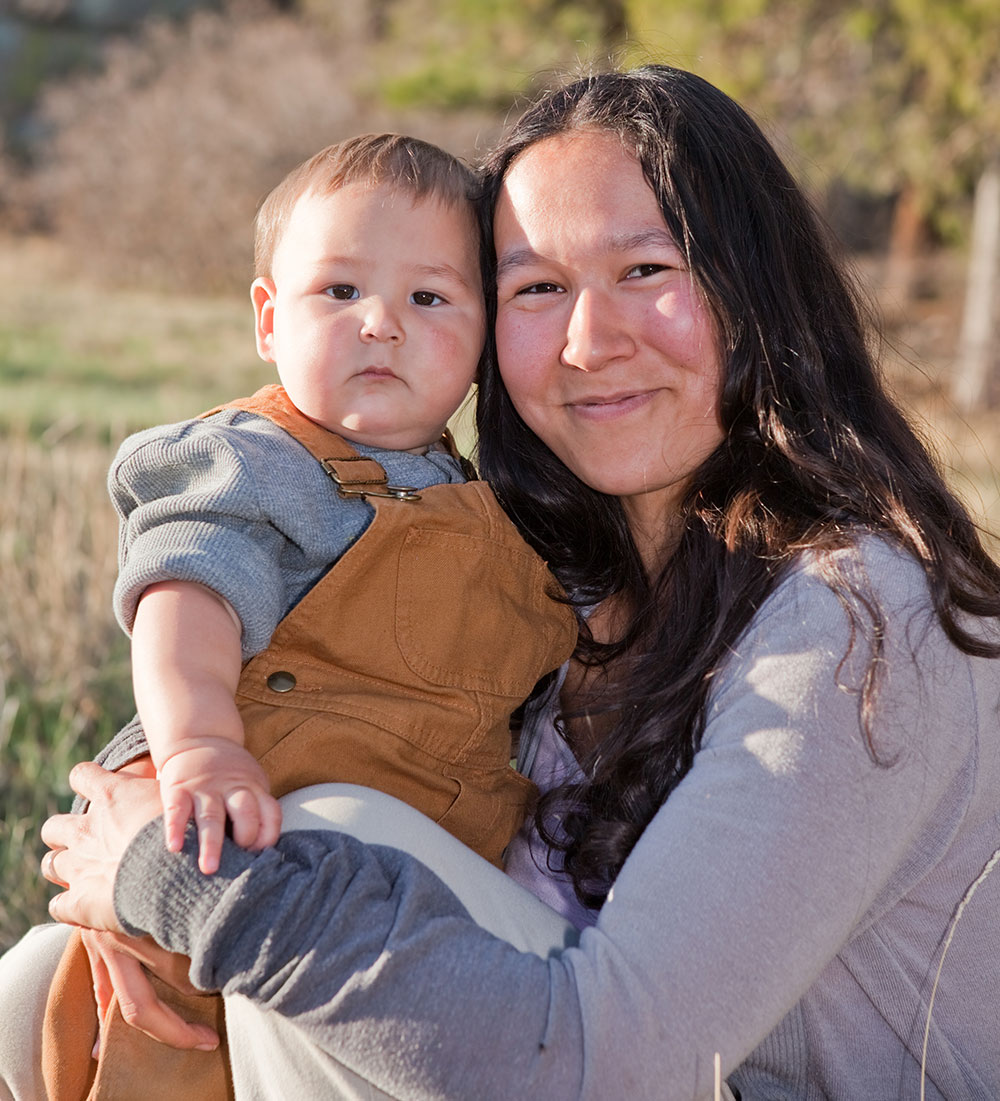
Who this Toolkit is for
- State and local public health practitioners
- Community organizations involved with public health advocacy
- Other public health stakeholders
The Importance of Collaborating with Tribal Nations
Tribal nations and individual tribal members work hard to protect and promote the health of their communities. They are experts in their own experiences and have resources and knowledge that can strengthen the work of non-tribal public health and government workers. They are also often innovators in public health and health care delivery models, implementing new approaches that can work in non-tribal communities, particularly in rural areas.
As public health practitioners look for new and sustainable ways to address the complex issues that face our communities, it is important that state and local health departments meaningfully and consistently collaborate with tribal nations. Tribal nations are important and powerful players in the public health sphere. As sovereign nations that are administratively equivalent to the U.S. federal government, tribes have the right to protect the health of their citizens, protect their resources and lands, and to be formally consulted on any policies or programs that may have a tribal impact.
How to use this Toolkit
You may go through the pages in this toolkit one by one or head directly to the section that is of most interest to you. Hover over or tap the key terms to read definitions or statistics. Most links will open in a new browser window or tab. Links that go to pages within the toolkit will open in the same window.
Resources used in the toolkit are compiled in the References section, and definitions from the key terms are available in the Glossary.
This toolkit is not comprehensive, nor can it be. Every tribal nation is unique and their culture, customs, practices, and traditions are always evolving. This toolkit encourages participants to understand how historical events shape the health of tribal communities today, discusses important components for successful collaboration, and provides examples of projects and programs featuring collaboration with tribal nations.